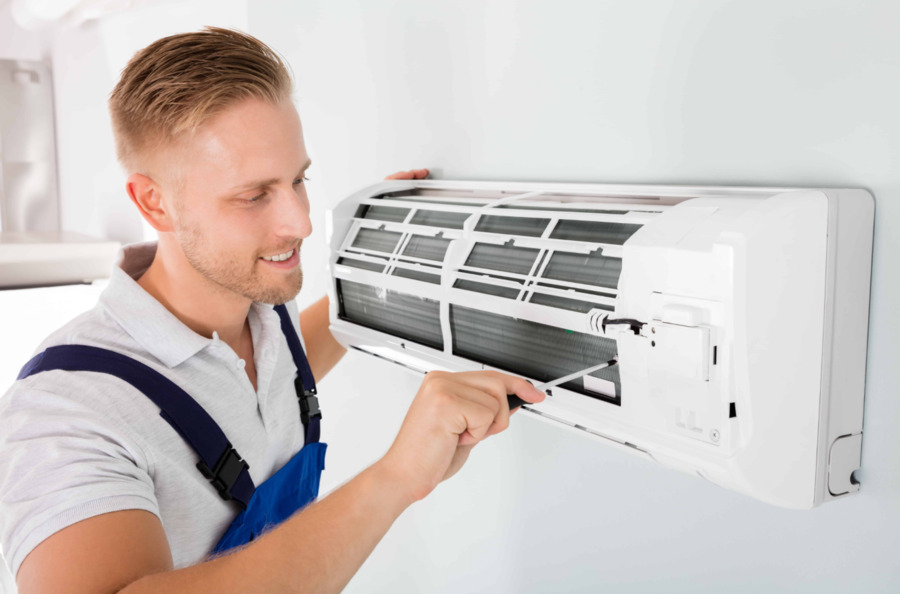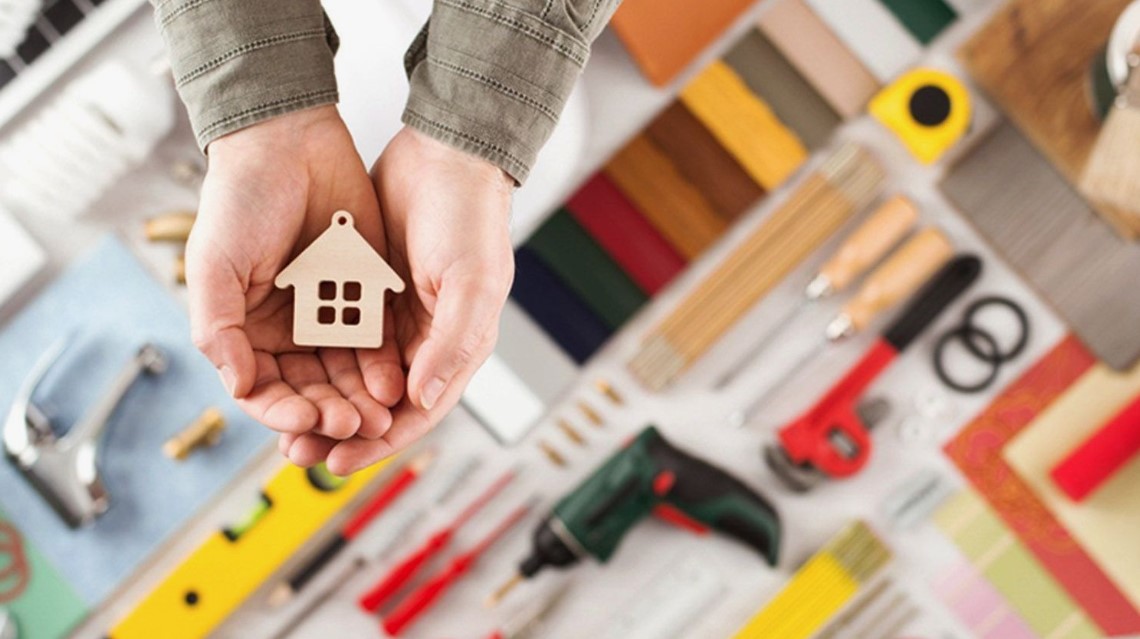Your Ultimate Guide to Home Maintenance: Elevate Your Space and Protect Your Investment

Home maintenance is like the unsung hero of homeownership. The steady, behind-the-scenes work keeps everything running smoothly, preserving your property’s value and protecting your quality of life. In today’s market, a well-maintained home doesn’t just keep you comfortable; it can add substantial value when it’s time to sell. But knowing where to start—or even what’s essential—can feel overwhelming. In this guide, we break down the core aspects of home maintenance, drawing insights from top industry research to help you make smarter, more informed choices.
The True Cost of Neglecting Home Maintenance
Too often, home maintenance falls into the “I’ll get to it later” category. But, as they say, small problems only get bigger over time. A report from HomeAdvisor found that homeowners who delay regular maintenance pay up to 4 times more on repairs than those who stay on top of it. Whether it’s a minor leak or a dusty air conditioner, overlooking the little things can cost big time. This reality underscores the value of staying proactive with your home upkeep.
Quick Insight
Statistic: The American Society of Home Inspectors reports that regular home maintenance can prevent more than 70% of all common repair needs.
Key Areas to Focus on for Effective Home Maintenance

1. HVAC Systems: The Heart of Home Comfort
The workhorse of your house is your HVAC system, especially in warmer regions. Maintaining it at its best may reduce energy costs, avoid unplanned repairs, and guarantee that your house is a cozy haven all year. Routine HVAC maintenance usually includes filter changes, coil cleaning, and expert servicing at least twice a year. The system’s lifespan can be increased, and considerable energy savings can be achieved with a modest expenditure on these chores.
Industry Insight: The U.S. Department of Energy estimates that almost half of a household’s energy costs are related to heating and cooling. However, a properly maintained system can save up to 30% on energy expenses.
2. Roofing and Gutters: The First Line of Defense
Your roof shields you from the elements but can only do well if cared for. Regularly checking for loose shingles, cracks, and leaks can prevent costly water damage. Gutters, too, are essential, directing rainwater away from your home’s foundation. Clogged drains, however, can cause water to seep into your walls and ceilings, leading to mold and structural issues. Seasonal inspections and occasional professional checks are crucial for these exterior components.
Tip: Experts recommend roof inspections every fall and spring to catch issues before they become major headaches.
3. Plumbing System: Avoiding Disasters in Disguise
Nothing disrupts a household quite like plumbing issues. Plumbing maintenance should be high on every homeowner’s priority list, from leaking faucets to clogged drains. Minor problems like drips and leaks not only waste water but can also lead to hidden mold growth and water damage. Checking pipes, water heaters, and drainage systems twice a year can prevent such issues.
Quick Fact: The Environmental Protection Agency (EPA) estimates that 10% of homes have leaks that waste at least 90 gallons of water daily. Regular maintenance saves you money and helps conserve this vital resource.
4. Electrical Systems: Safety First
Electrical systems are often overlooked until something goes wrong, but small problems, like outdated wiring or faulty outlets, can pose serious safety risks. Routine electrical checks help prevent fire hazards and improve the functionality of your home’s power supply. An annual check-up by a licensed electrician can address potential dangers before they become emergencies.
Insight: Electrical issues are one of the leading causes of residential fires, accounting for about 51,000 fires each year in the U.S. alone.
The DIY vs. Professional Maintenance Dilemma
In the age of online tutorials and DIY inspiration, tackling everything alone is tempting. While changing air filters or cleaning gutters might be manageable, certain tasks require professional expertise. Complex systems, such as HVAC, electrical, and plumbing, are better handled by trained technicians with the right tools and knowledge. Professionals can spot issues that might go unnoticed in a DIY approach, saving you from costly repairs in the long run.
Consider the Long-Term Investment
Financial Insight: The National Association of Realtors found that homes with consistent professional maintenance sell for 12% more than comparable homes with minimal upkeep.

Top Home Maintenance Tips for Every Season
Making seasonal adjustments to household chores is a sign of proactive home care. An overview of seasonal maintenance is provided here:
Spring
In the spring, check sprinkler systems, clean gutters, inspect the foundation and roof, and service the HVAC system for cooling.
Summer
In the summer, power-wash external surfaces, clean windows, look for bathroom leaks, and update the landscaping.
Fall
Examine the roof and chimney, clean the gutters, fix the heating system, and inspect the window and door seals.
Winter
In winter, ensure your heating system operates at its best, test your carbon monoxide and smoke detectors, and insulate your pipes.
Staying on top of these seasonal tasks enhances comfort and helps prevent long-term damage, ensuring your home remains a safe, enjoyable space for years.
Leveraging Technology for Smarter Home Maintenance
The future of home maintenance is tech-driven, with smart home systems and IoT devices making it easier to stay on top of upkeep. Smart thermostats, leak detectors, and security cameras can monitor systems 24/7, alerting homeowners to potential issues before they escalate. These innovations can optimize energy usage, improve home safety, and even reduce maintenance costs.
Example: According to Energy Star, smart thermostats can adjust heating and cooling based on your habits, saving up to 15% on energy costs annually.
Why Home Maintenance Matters More Than Ever
Routine house maintenance offers numerous advantages for today’s homeowners. Beyond lowering costs and raising the value of your house, safeguarding one of your largest investments is essential. A well-kept home provides physical comfort and the assurance that significant problems won’t occur without warning.
Concluding Remarks: Using Smart Home Maintenance to Protect Your Investment
Despite its lack of glamour, home care is essential to prudent homeownership. Regularly performing necessary chores and hiring experts when required will ensure your house stays in a secure, cozy, and valuable location for many years. Therefore, even though putting off those small repairs may be tempting, remember that taking preventative measures now can result in considerable savings and fewer difficulties down the road. Invest in your home, and it will pay you back in more ways than one.
Biker, shiba-inu lover, guitarist, Swiss design-head and multidisciplinary designer. Performing at the fulcrum of aesthetics and programing to create not just a logo, but a feeling. Let’s design a world that’s thoughtful, considered and aesthetically pleasing.

